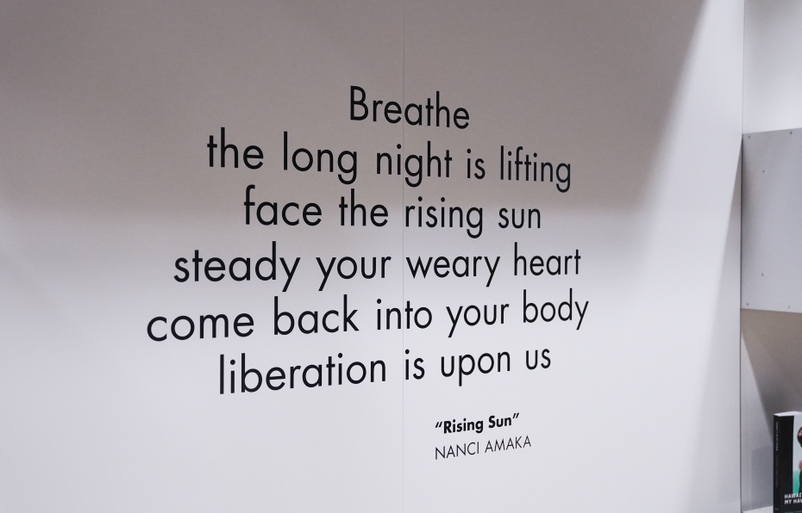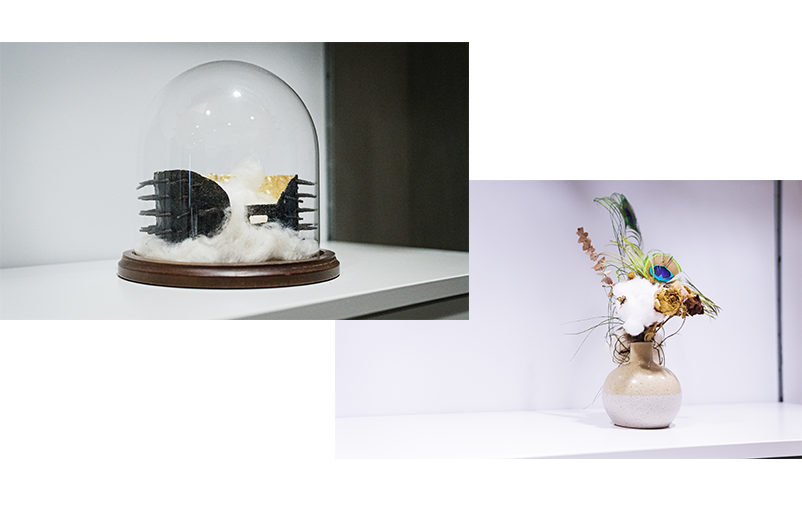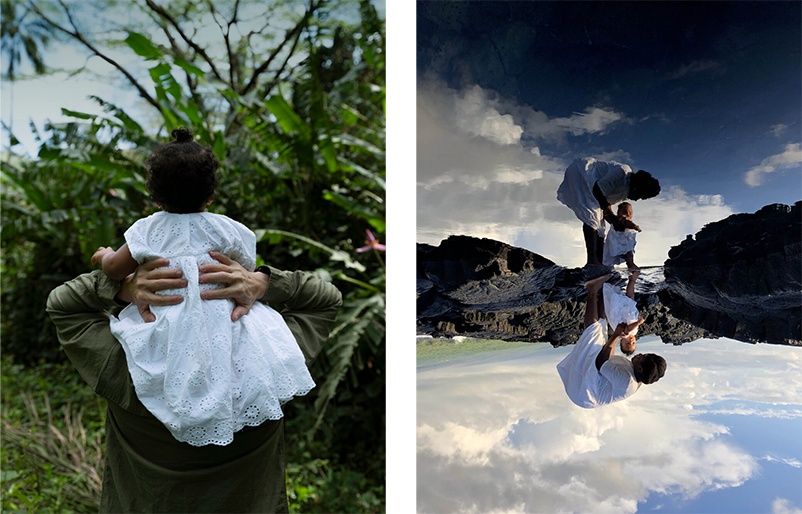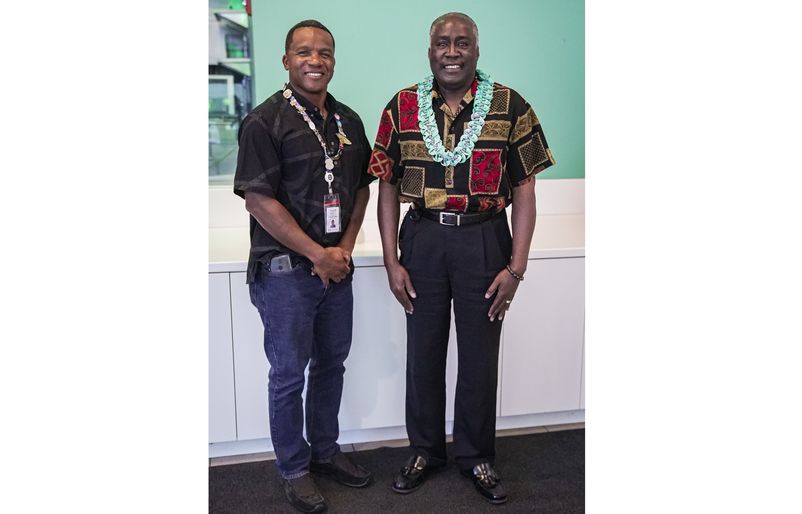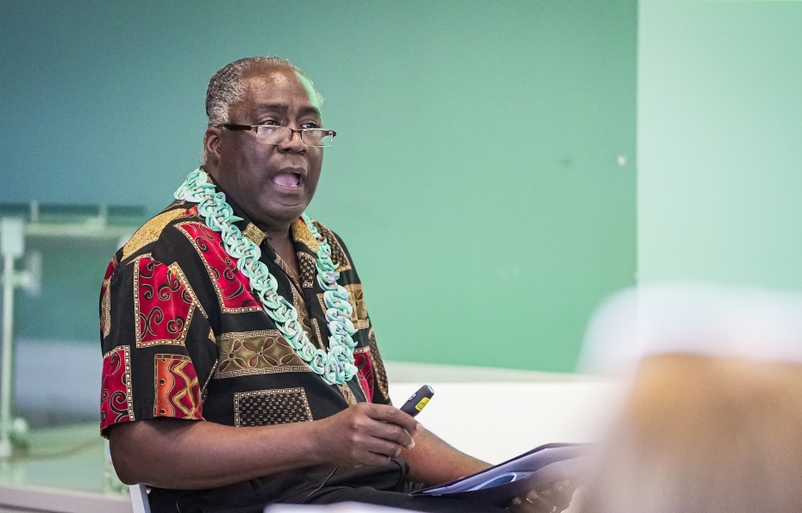Alaska Airlines supports Juneteenth Foundation ‘because when values align, great opportunities can take flight’
Share

Our values guide everything we do, and it’s the reason Alaska supports the Juneteenth Foundation.
Last year, like many companies, we recognized Juneteenth for the first time—a significant milestone in American history that reminds us to reflect on our country’s past and consider how we can show up and build a more equitable future for all, together.
Juneteenth is not just a Black holiday, it’s an American holiday that gives us all an opportunity to show how far we’ve come and how much more work we still have to do so everyone has the same opportunity,” said James Thomas, director of diversity, equity and inclusion. “We’re excited to partner with the Juneteenth Foundation because when values align, great opportunities can take flight.”
This year, The Juneteenth Foundation hosted The Freedom Festival in Washington D.C., one of the largest Juneteenth week-long celebrations in America, where Alaska employees, students attending HBCUs, community leaders, celebrities and Fortune 500 brands came together to celebrate some of the world’s biggest names in Black culture, philanthropy, entertainment and music.



At Alaska, we believe education is the great equalizer and a critical component on the path to equity.
Last year, we joined the HBCU Partnership Challenge to promote greater engagement and support between private companies like ours and Historically Black Colleges and Universities (HBCUs). We know we still have work to do, but we also recognize the impact we can have when we use our voice to advance our values.
We have a responsibility to use our platform and voice to encourage conversations around the need for greater diversity, equity and inclusion within our industry and beyond,” says CEO Ben Minicucci, who was recently elected to UNCF’s Board of Directors. “We are inspired and guided by our value to do the right thing and know we’re stronger when everyone has equal opportunity and a seat at the table.”
We’ve been a proud partner with UNCF for over 15 years, and last year committed to donating another 10 million miles to fly students to college tours at HBCUs around the country.
Over the weekend, at the Juneteenth celebration in Washington D.C., 25 students were awarded scholarships toward their education from the Juneteenth Foundation, Alaska Airlines and other partners. Citerra Johnson was one of several who could attend. As a nursing student going into her senior year at Coppin State University, she says she was so excited to be receiving one of the grants.

The Juneteenth scholarship means a lot to me, I was looking for scholarships and grants through my school and saw this and decided to apply because it will really help ease some of the burden going into my last year,” Johnson said.
Alaska Airlines is committed to DEI
Last February, we announced our 2025 diversity, equity and inclusion goals and committed to creating a more inclusive workforce. Since then, we’ve shared updates on what’s underway to meet our goals. This work is core to our values and critical to our strategic growth plan, and we’re pleased to share we’re making progress. Learn more.



Through career panels, events, philanthropic giving, and community partnerships, as of June 2022, we’ve created career pathways for more than 15,000 young people.




